- Liliaceae
- Lamiaceae
- Euphorbiaceae
- Leguminosae
- Zingiberaceae
- Chloranthaceae
- Campanulaceae
- Asteraceae
- Acanthaceae
- Orchidaceae
- Polygonaceae
- Ranunculaceae
- Vitaceae
- Rubiaceae
- Solanaceae
- Thymelaeaceae
- Saururaceae
- Moraceae
- Polypodiaceae
- Myrtaceae
- Araceae
- Adiantaceae
- Schisandraceae
- Amaranthaceae
- Berberidaceae
- Araliaceae
- Taxaceae
- Cucurbitaceae
- Apiaceae
- Guttiferae
- Scrophulariaceae
- Papilionaceae
- Caprifoliaceae
- Elaeagnaceae
- Apocynaceae
- Brassicaceae
- Papaveraceae
- Gentianaceae
- Paeoniaceae
- Lauraceae
- Punicaceae
- Nyssaceae
- Ephedraceae
- Gnetaceae
- Polygalaceae
- Violaceae
- Ginkgoaceae
- Cupressaceae
- Dipsacaceae
- Eucommiaceae
- Juglandaceae
- Dryopteridaceae
- Rosaceae
- Huperziaceae
- Caryophyllaceae
- Rhamnaceae
- Asclepiadaceae
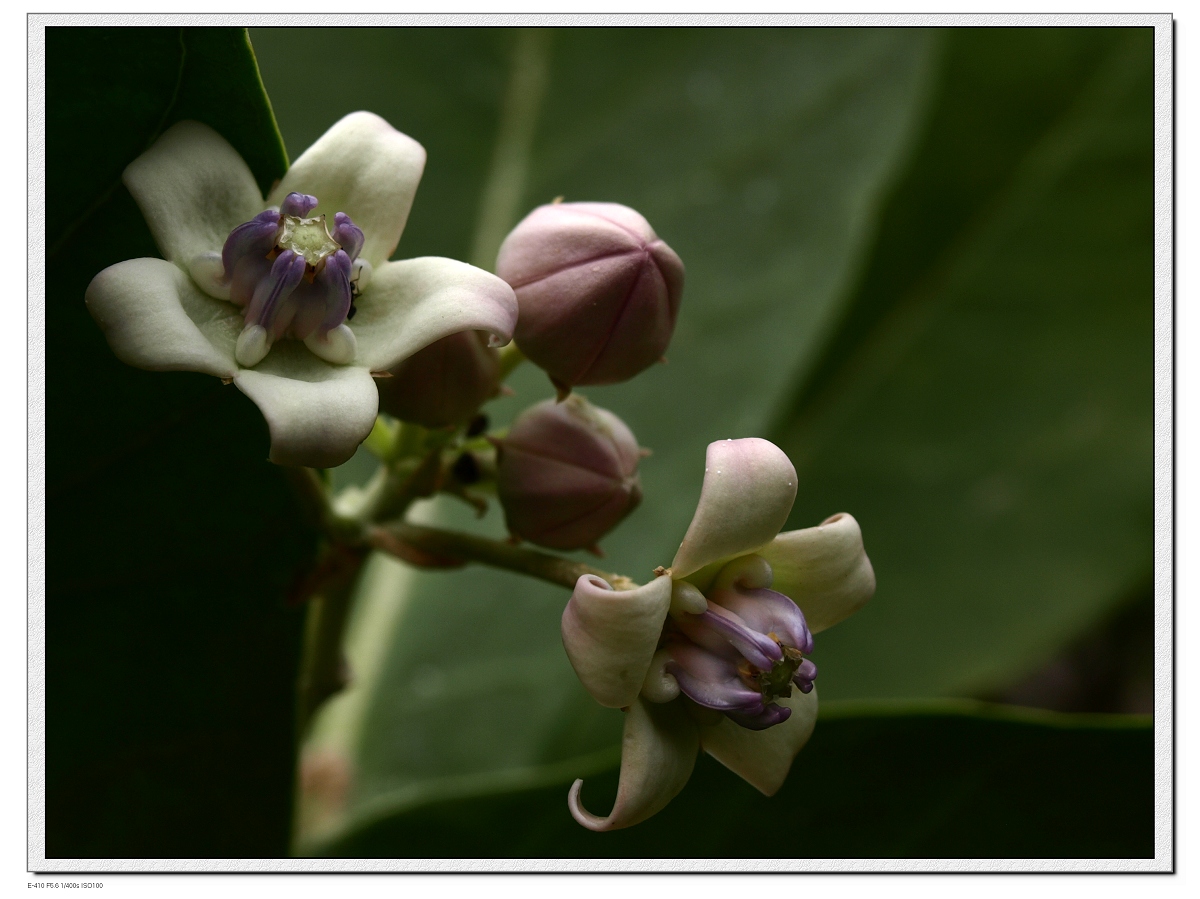
Calotropis gigantea
- Introduction
- Download
Blast
Calotropis gigantea is a perennial undershrub found chiefly in wastelands throughout India. It has been reported as a traditional folkloric medicine for a variety of alignments. The roots of Calotropis gigantea have been used in leprosy, eczema, syphilis, elephantiasis, ulceration and cough in the Indian system of traditional medicine. The plant Calotropis gigantea is also used in some parts of India for wound healing in combination with other plants.
Year:2015
Institution:
Key Laboratory for Economic Plants and Biotechnology, Kunming Institute of Botany, Chinese Academy of Sciences, Lanhei Road 132, Heilongtan, Kunming 650201, Yunnan, China
Data link:
http://herbalplant.ynau.edu.cn/index.php?m=content&c=index&a=show&catid=100&id=220
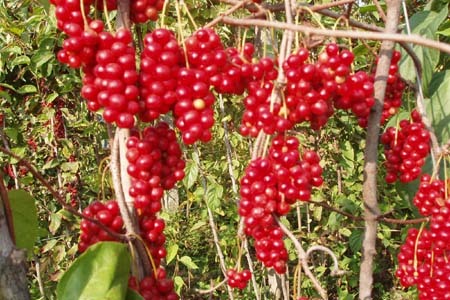
Schisandra chinensis Turcz. (Baill.)
- Introduction
- Download
Blast
Schisandra chinensis Turcz. (Baill.) is a source plant of traditional Chinese medicine. The S. chinensis fruit (SF), which has five-flavored fruits (salty, pungent, bitter, sweet and sour), is called “Wuweizi” in China. It naturally distribute in China, Russian, Korea and Japan and was used in treatment of diseases including liver injury , tumor inhibition, urinary tract disorders, insomnia and palpitation, even inhibit both HIV-1 RT-associated DNA polymerase activity and virus replication. In addition to its application as a Chinese herbal medicine.
Year: 2016
Institution: Institute of Special Wild Economic Animals and Plants, Chinese Academy of Agricultural Sciences, Changchun, China
Material: Jilin, China
Download: http://www.herbal-genome.cn/index.php?m=content&c=index&a=show&catid=100&id=148
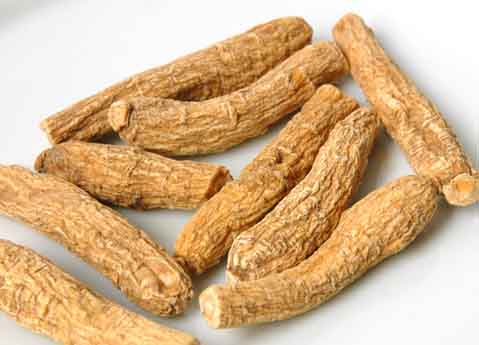
Panax Quinquefolium
- Introduction
- Download
Blast
Panax quinquefolium L., commonly known as American ginseng, belongs to the Araliaceae family and has gained tremendous global trade and recognition as a health food supplement. The dried root powder of this plant has been used extensively for its antitumor, anti-stress, anti-ageing, anti-fatigue, cardioprotective and hepatoprotective properties. Ginsenoside are secondary metabolites of the P. quinquefolium and its major pharmacologically active components. Ginsenosides are divided into protopanaxadiol, protopanaxatriols and oleanolic acid based on their structure.
Year:2016
Institution: Tianjin Key Laboratory for Modern Drug Delivery and High Efficiency, School of Pharmaceutical Science and Technology, Tianjin University, Tianjin 300072, China.
Material: Jilin, China.
Download: http://herbalplant.ynau.edu.cn/index.php?m=content&c=index&a=show&catid=100&id=148
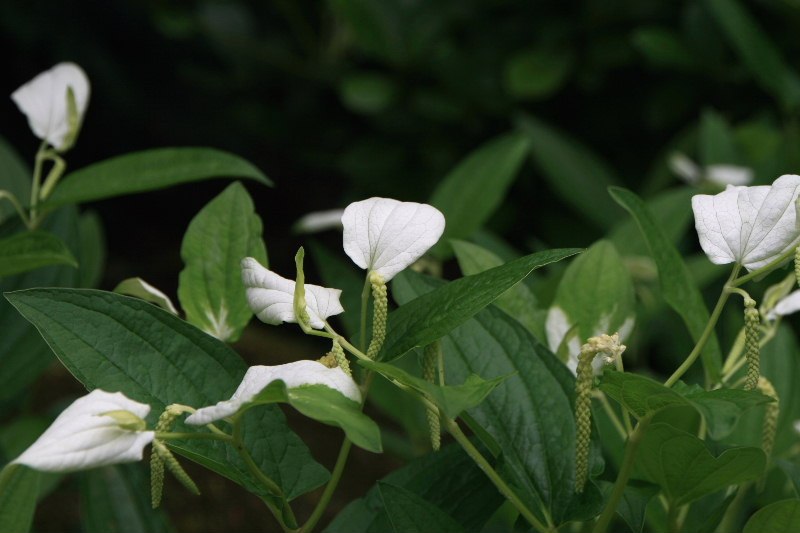
Pinellia ternate (Thunb.) Berit
- Introduction
- Download
Blast
Pinellia ternata (Thunb.) Berit. is an anti-emetic with analgesic and sedative effects, and has been applied as an antitussive and expectorant . The dried tuber of this herb, called “banxia” in Chinese, is in the top 10 most commonly used traditional Chinese medicines. The alkaloids isolated from the tubers of P. ternata are said to have anticancer properties. P. ternata is widely distributed in China and other Asian countries. Due to overexploitation and lack of large-scale plantings, P. ternata sources are becoming increasingly scarce.
1
Year: 2016
Institution: Yunnan Research Center on Good Agricultural Practice for Dominant Chinese Medicinal Materials, Yunnan Agricultural University, Kunming, China
Material: Yunnan, China
2
Year: 2016
Institution: Ministry of Education Key Laboratory of Standardization of Chinese Herbal Medicine, College of Pharmacy
Material: Sichuan, China
Download:
http://www.herbal-genome.cn/index.php?m=content&c=index&a=show&catid=100&id=147

Hovenia acerba
- Introduction
- Download
Blast
Hovenia acerba Lindl. belongs to the genus Hovenia of Rhamnaceae family that commonly found in Asia. It has a long history as a food supplement in China, India, Bhutan, Burma and Nepal. However, the globose fruits of H. acerba are not edible and usually develop at the end of fruit stalks which to form a type of accessory fruit. These edible peduncles contain various nutrition constituents, including sugar, proteins, organic acids, and vitamin C and taste like a combination of raisin, clove, cinnamon and sugar. In particular, the high levels of sugars and polyols are present in the peduncle.
Year: 2017
Institution: Germplasm Bank of Wild Species, Kunming Institute of Botany of the Chinese Academy of Sciences, Kunming 650201, China
Material: Henan, China
Download: http://www.herbal-genome.cn/index.php?m=content&c=index&a=show&catid=100&id=146
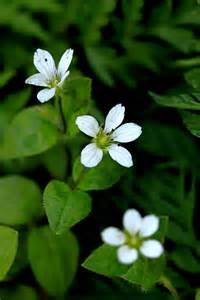
Pseudostellaria heterophylla (Miq.) Pax
- Introduction
- Download
Blast
Pseudostellaria heterophylla (Miq.) Pax, known as Hai Er Shen (HES) and false starwort belongs to the Caryophyllaceae family. The Chung Yao Chi New Chinese Materia Medica records the collection of HES plants since 1959 because of its local and ethnic use. P. heterophylla are distributed widely in the southern parts of China including Fujing, Jiangsu, Anhui, Shandong, Shanxi, Zhejiang, Jiangxi, Hubei, Shanxi, and Guangzhou provinces. The P. heterophylla is a mild tonic herb, weaker than Panax ginseng and popularly used in Traditional Chinese Medicines (TCM) products such as Jiangzhong Jianweixiaoshi Tablets, Composite Pseudostellaria granule.
Year: 2016
Institution: Guiyang University of Chinese Medicine, Guiyang 550025, China
Material: Guizhou Province, China.
Download: http://www.herbal-genome.cn/index.php?m=content&c=index&a=show&catid=100&id=145
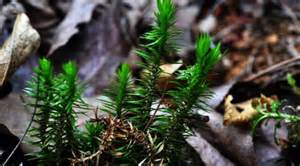
Huperzia serrata
- Introduction
- Download
Blast
Huperzia serrata (H. serrate) is a model member of the Huperzia (Phlegmariurus) genus which belongs to the plant Family Lycopodiaceae, with a total of about 500 species worldwide. The whole plant of H. serrata, named Qian Ceng Ta (in Chinese), is one of the oldest medicinally important traditional Chinese herbs since 739 (during the Tang Dynasty) and has been extensively used for the treatment of a number of ailments, including contusions, strains, swellings, schizophrenia, myasthenia gavis and organophosphate poisoning
Year: 2016
Institution: CAS Key Laboratory of Synthetic Biology, CAS Center for Excellence in Molecular Plant Sciences, Institute of Plant Physiology and Ecology, Shanghai
Material: Shenyang, China
Download: http://www.herbal-genome.cn/index.php?m=content&c=index&a=show&catid=100&id=144

Angelica Sinensis diels
- Introduction
- Download
Blast
Angelica sinensis diels (AS) belongs to the Umbelliferae family and is mainly produced in Gansu, Yunnan and Sichuan Province of China. In Chinese medicine (CM), AS produced in Min County of Gansu Province has been invariably deemed as the genuine regional drug because of large production and good quality. For more than 2000 years, AS has been extensively used in CM. AS has been traditionally considered as an important drug for nourishing blood and activating blood.
Year: 2016
Institution: Bijie Medical College, Bijie, Guizhou Province (551700), China
Material: Shenyang, China
Download:
http://www.herbal-genome.cn/index.php?m=content&c=index&a=show&catid=100&id=143
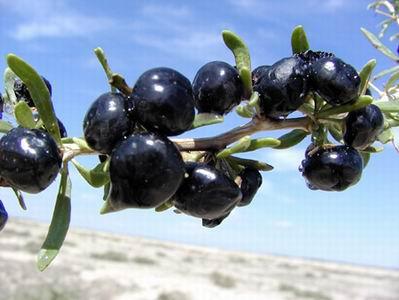
Lycium ruthenicum
- Introduction
- Download
Blast
The fruit of L. ruthenicum, a Chinese traditional herb, is used in Tibetan medicine for the treatment of heart disease, abnormal menstruation and menopause, as well as a nutraceutical food . Studies on L. ruthenicum have mainly focused on chemical components such as anthocyanins, essential oils , polysaccharides and their pharmacological properties.
Year: 2017
Institution: College of Horticulture, China Agricultural University, Beijing, China
Material: Yinchuan, China
Download: http://www.herbal-genome.cn/index.php?m=content&c=index&a=show&catid=100&id=142
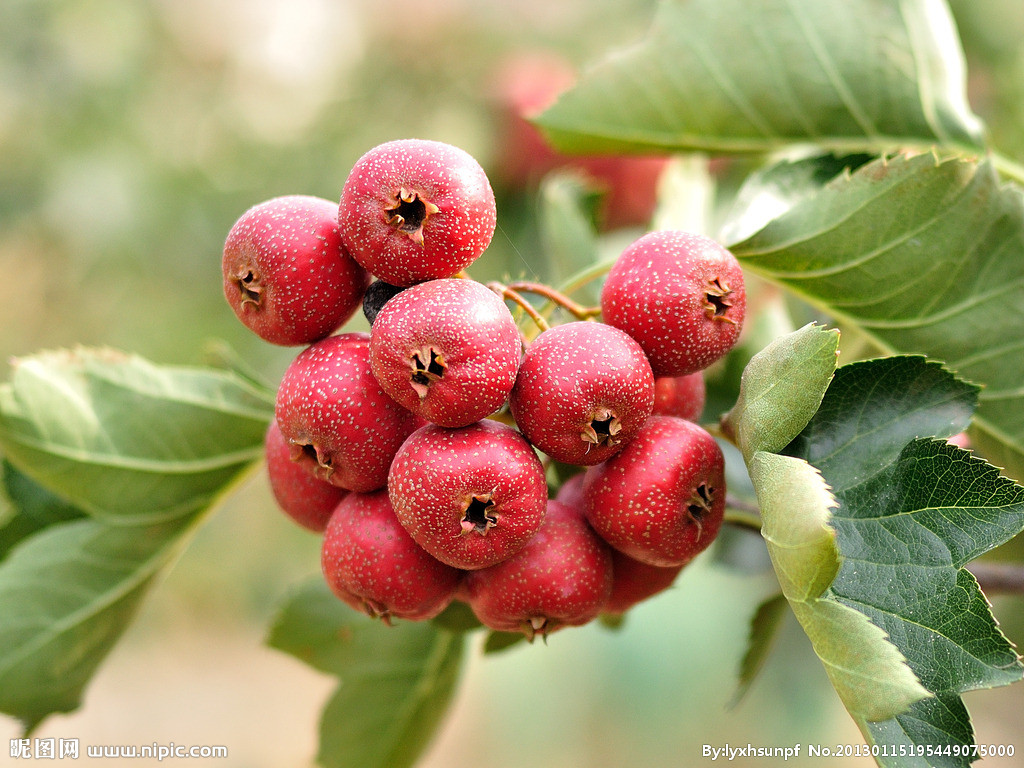
Crataegus pinnatifida Bunge
- Introduction
- Download
Blast
Crataegus pinnatifida (Hawthorn) is widely distributed in China and has a long history of use as a traditional medicine. The fruit of C. pinnatifida has been used for the treatment of cardiodynia, hernia, dyspepsia, postpartum blood stasis, and hemafecia and thus increasing interest in this plant has emerged in recent years.
Year: 2016
Institution: College of Horticulture, Shenyang Agricultural University, Shenyang, China
Material: Shenyang, China
Download: http://www.herbal-genome.cn/index.php?m=content&c=index&a=show&catid=100&id=141